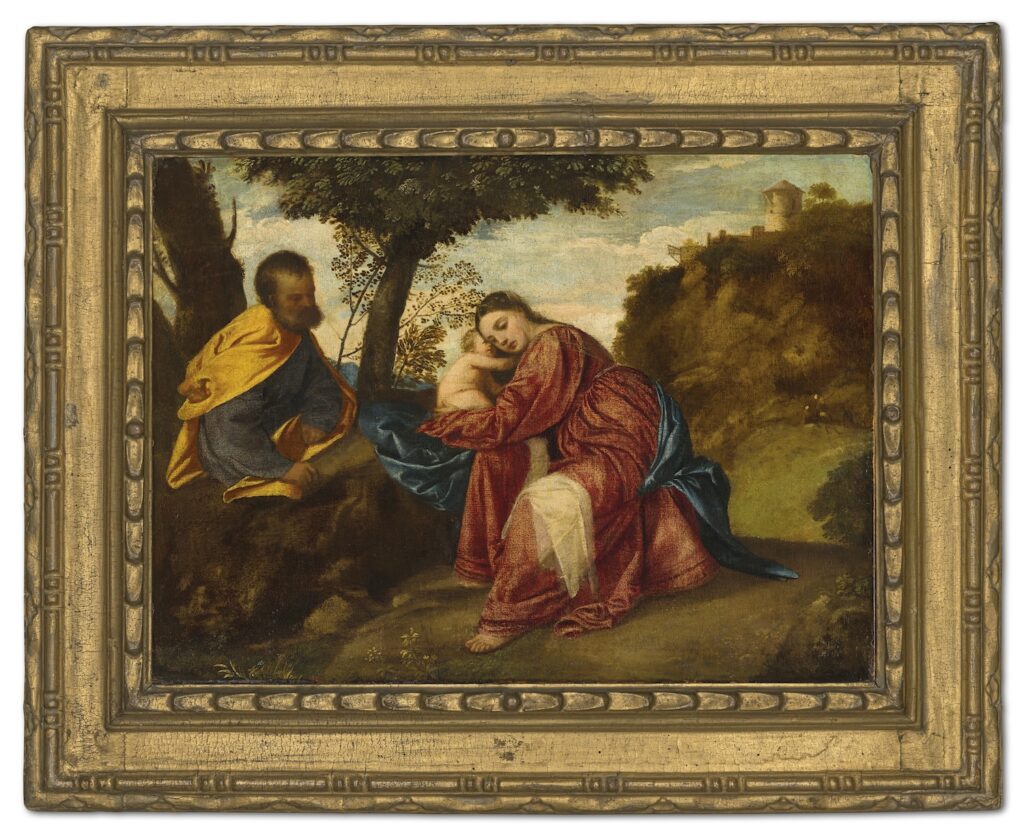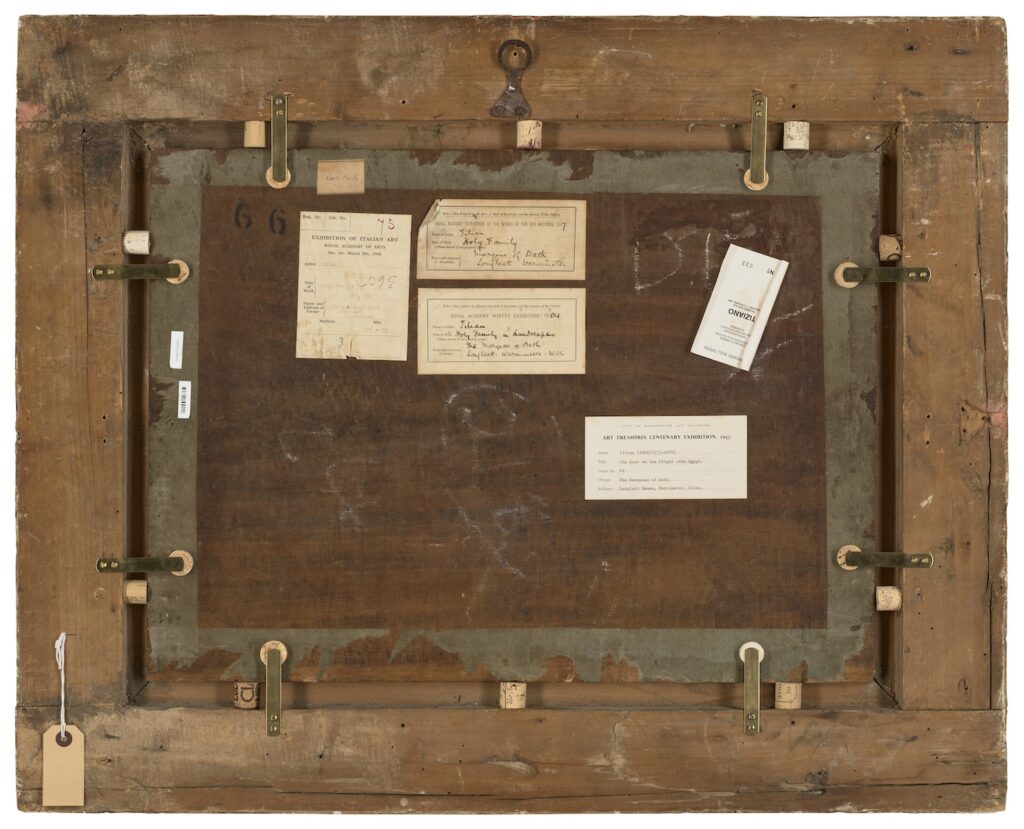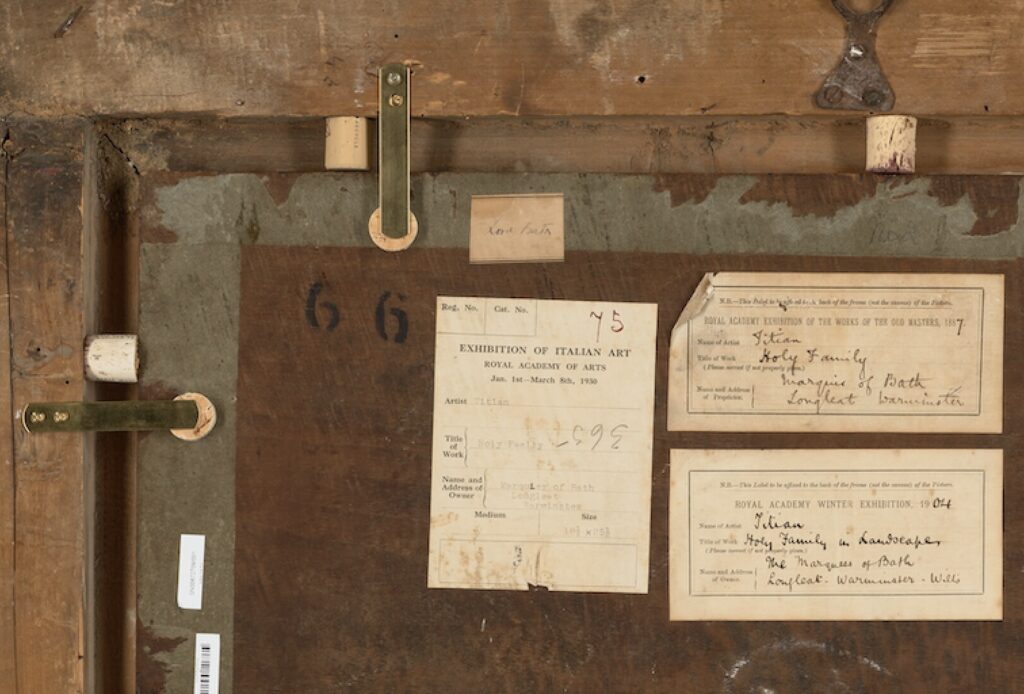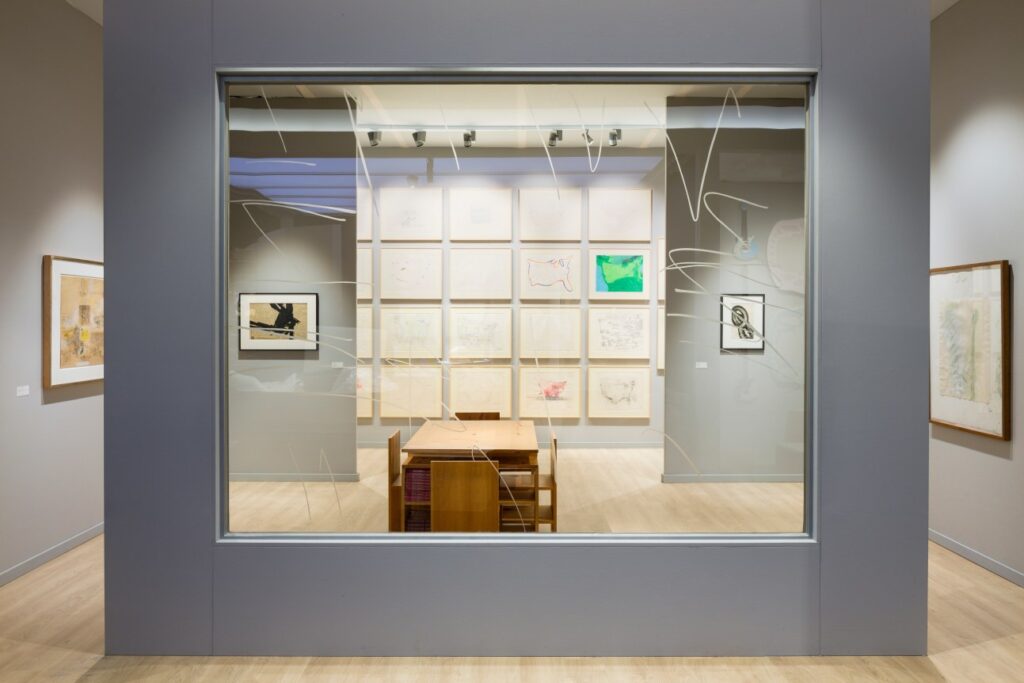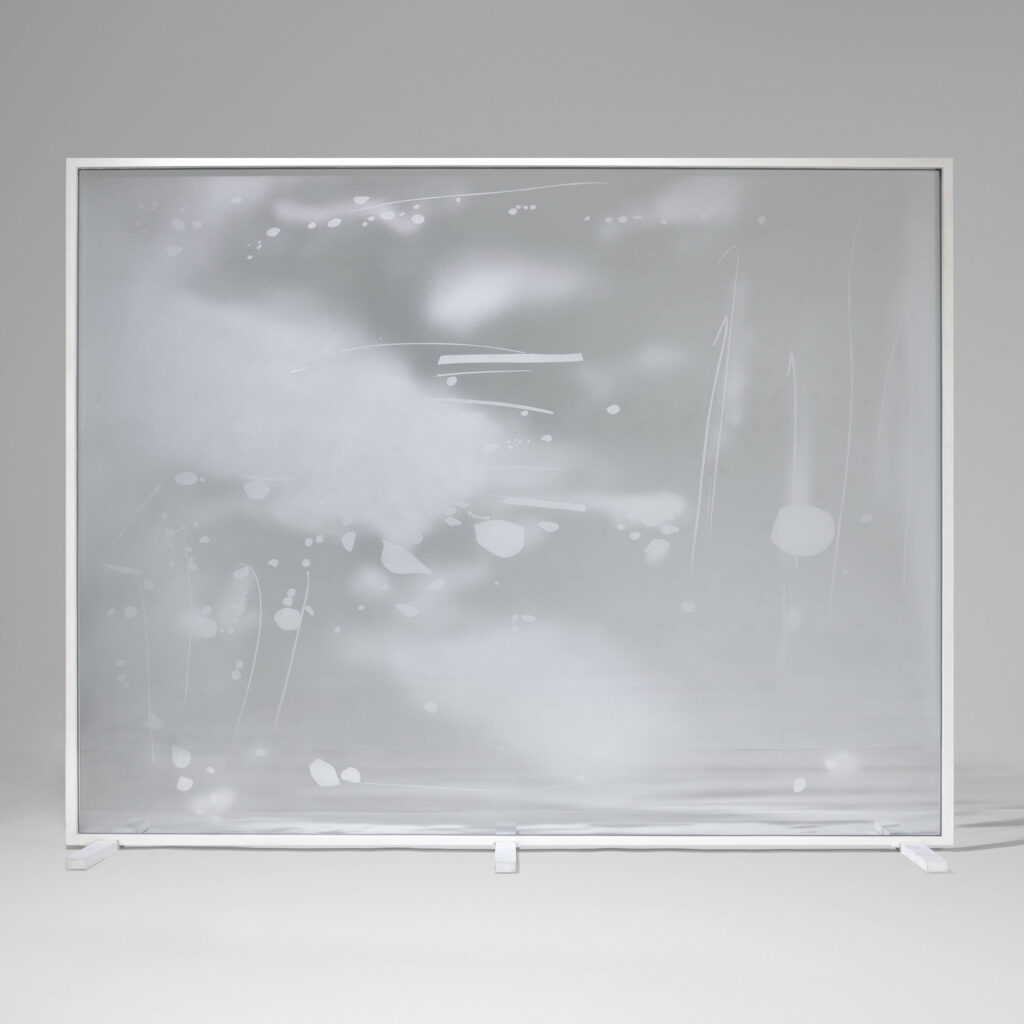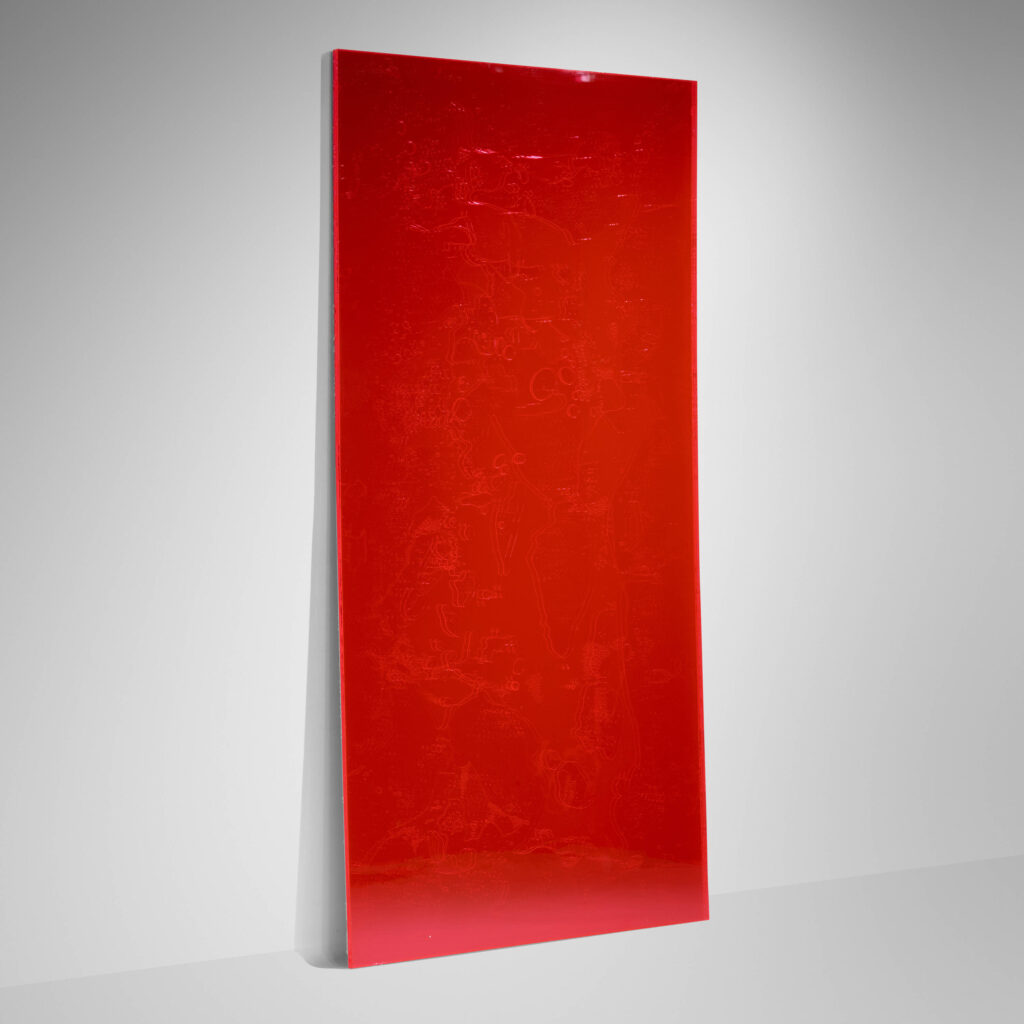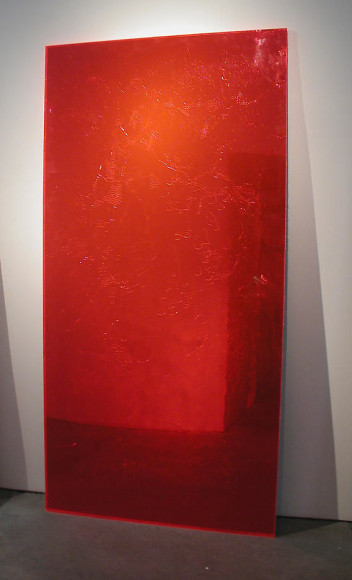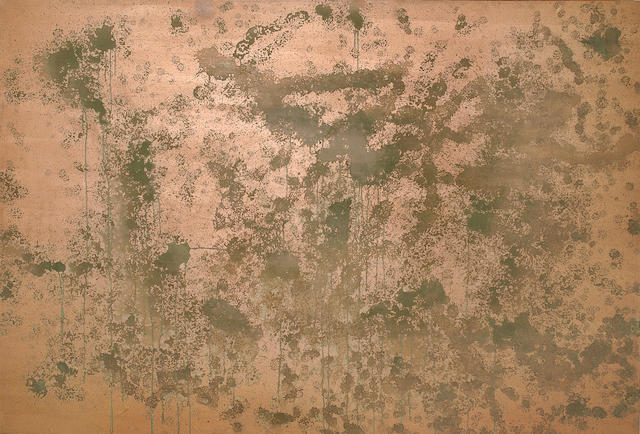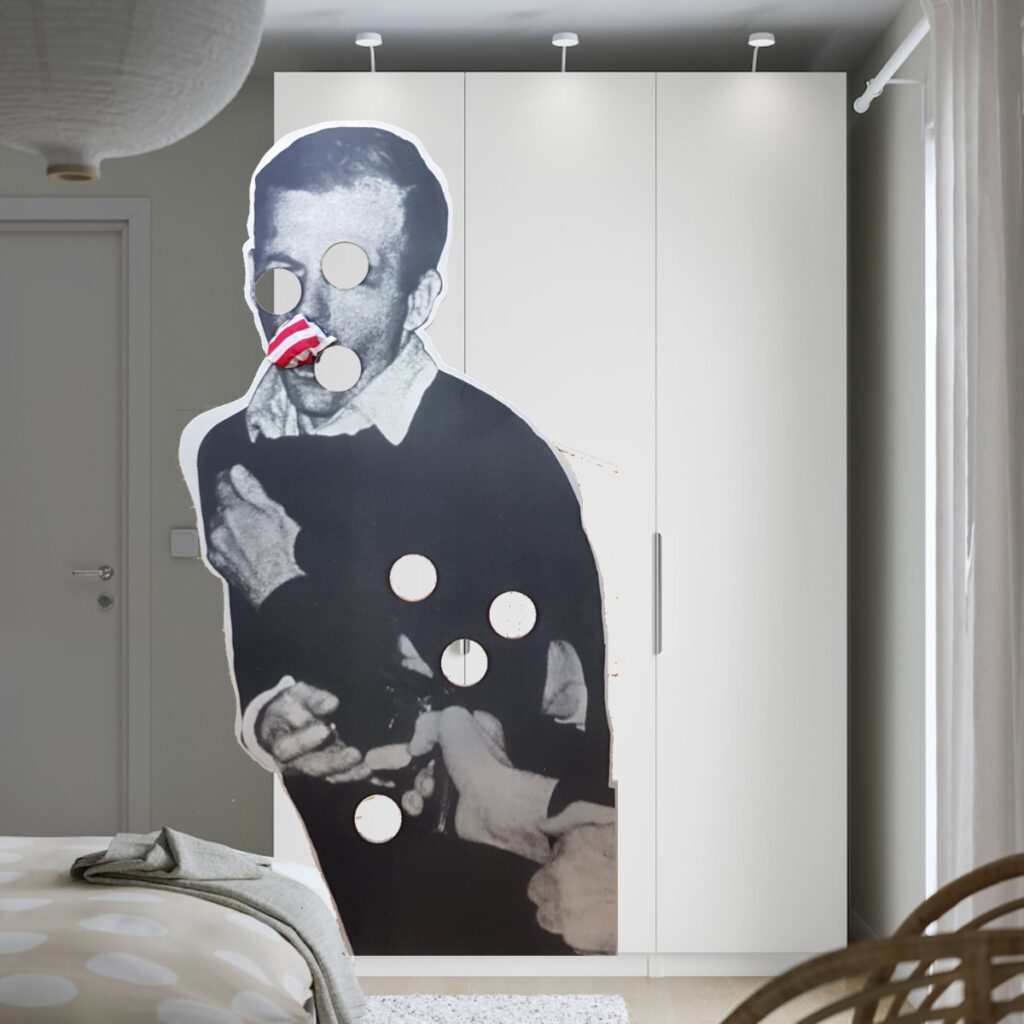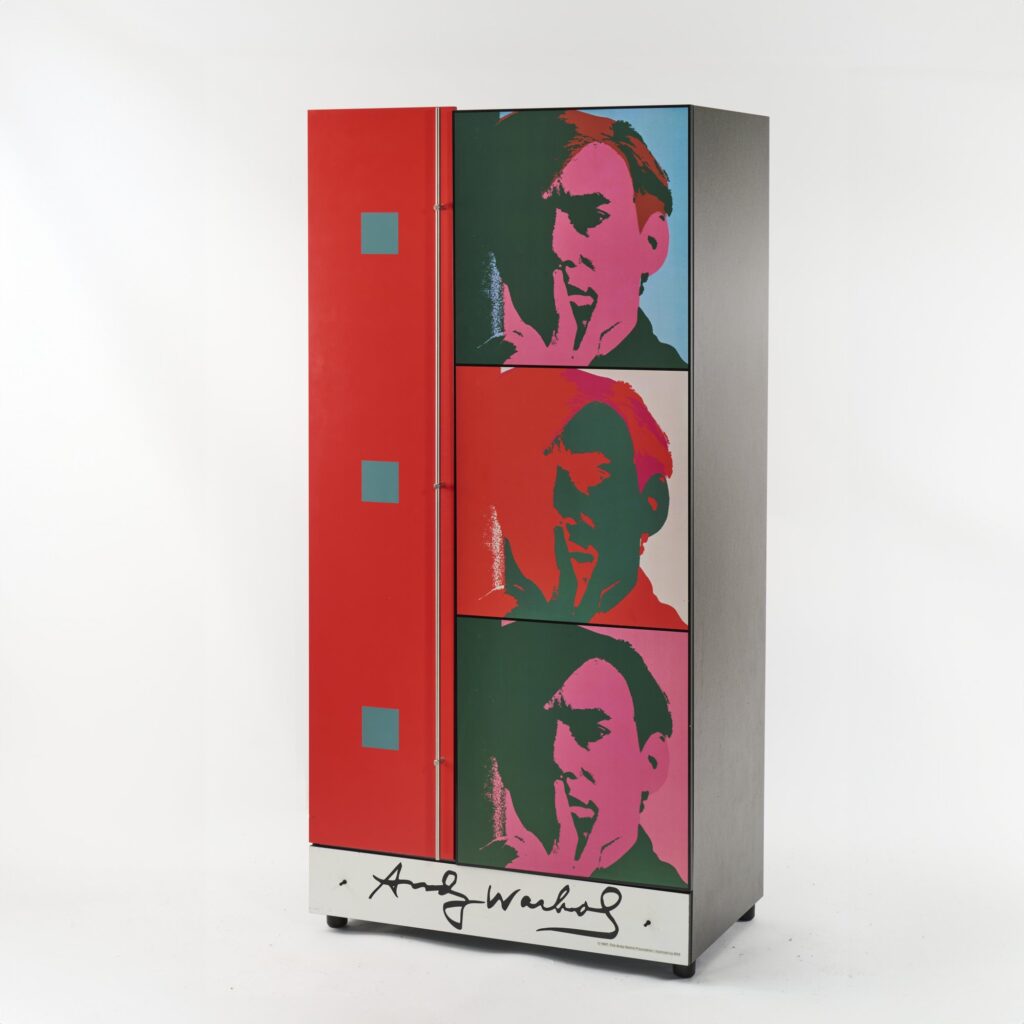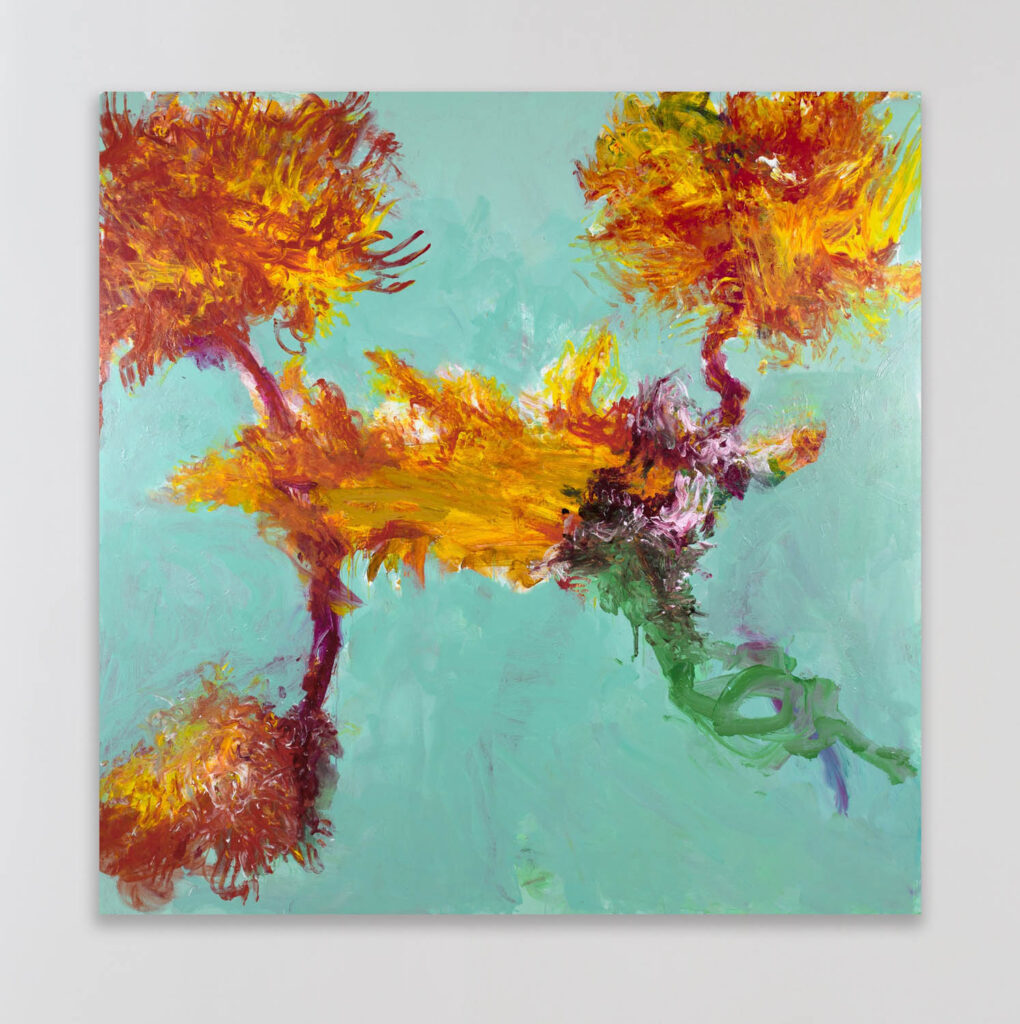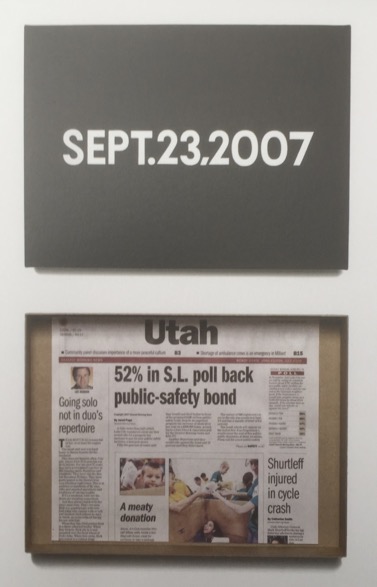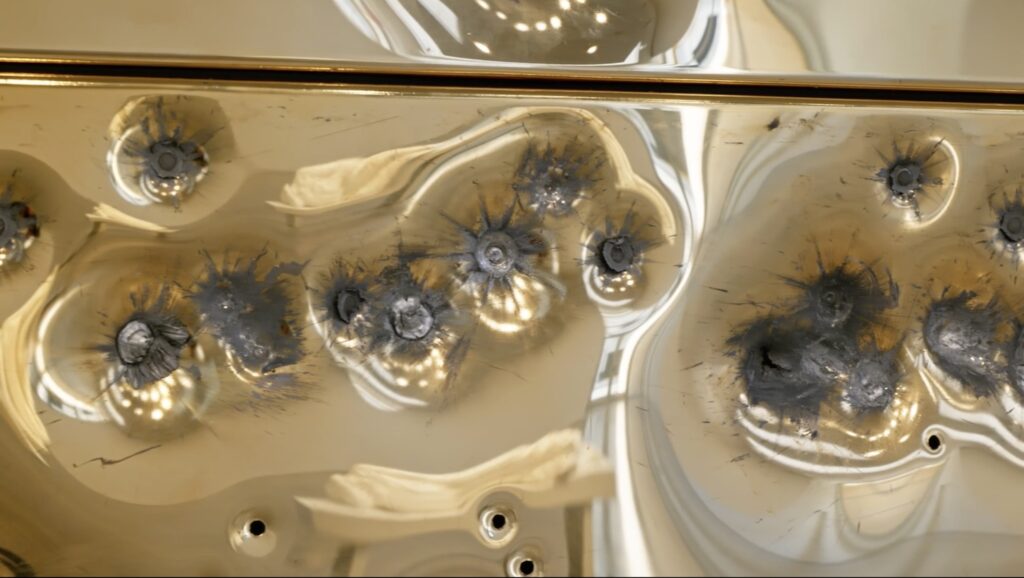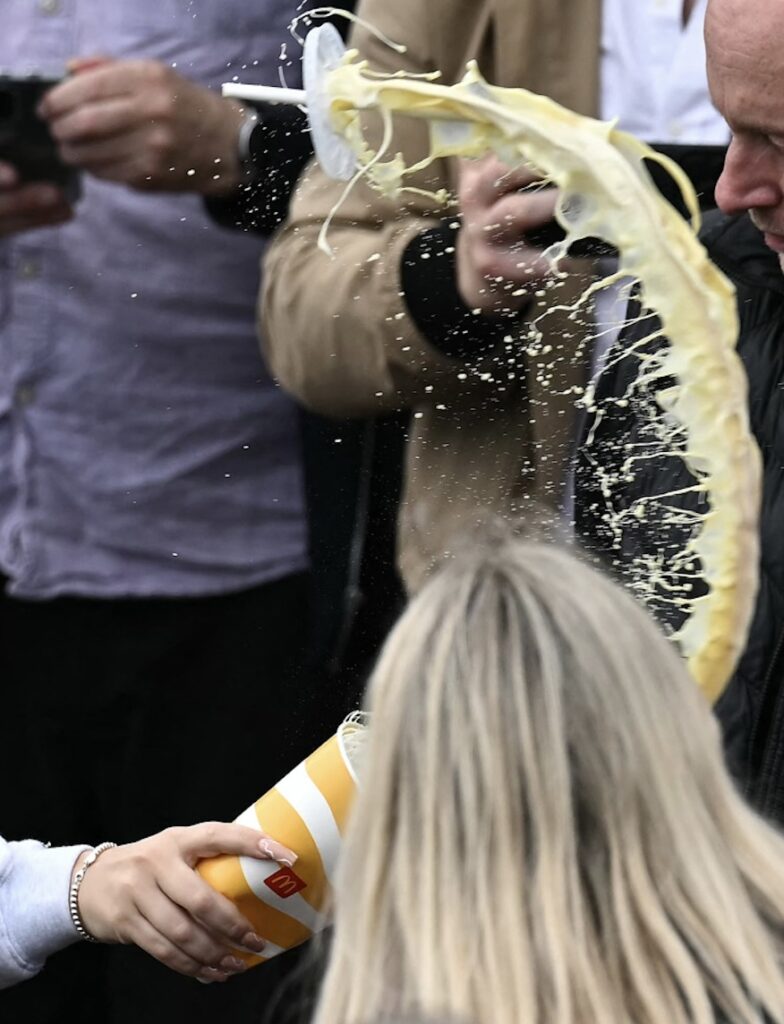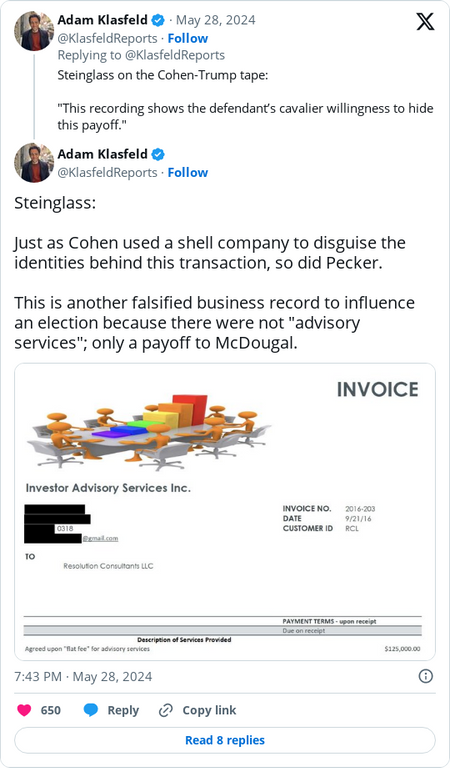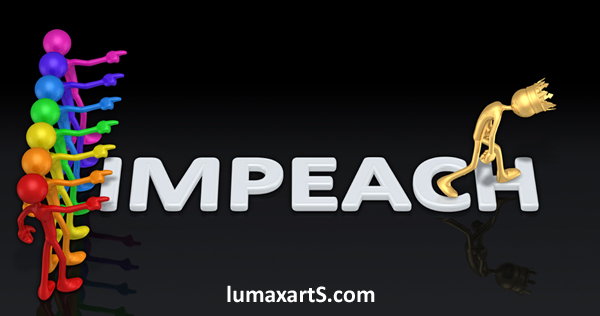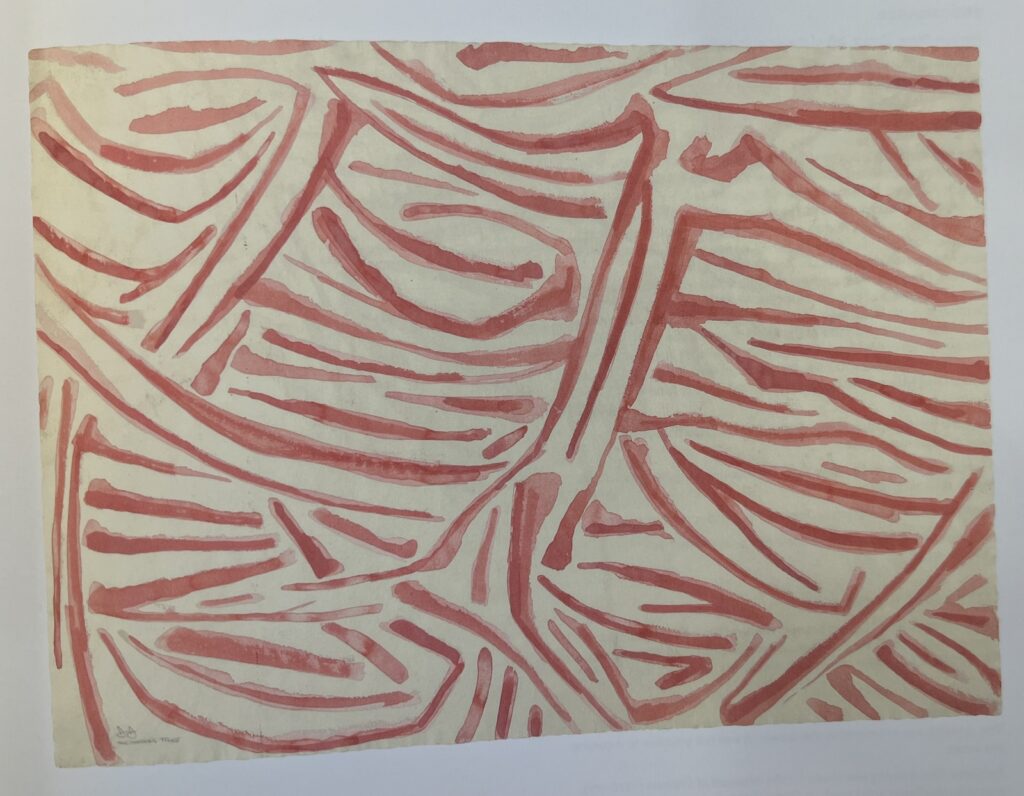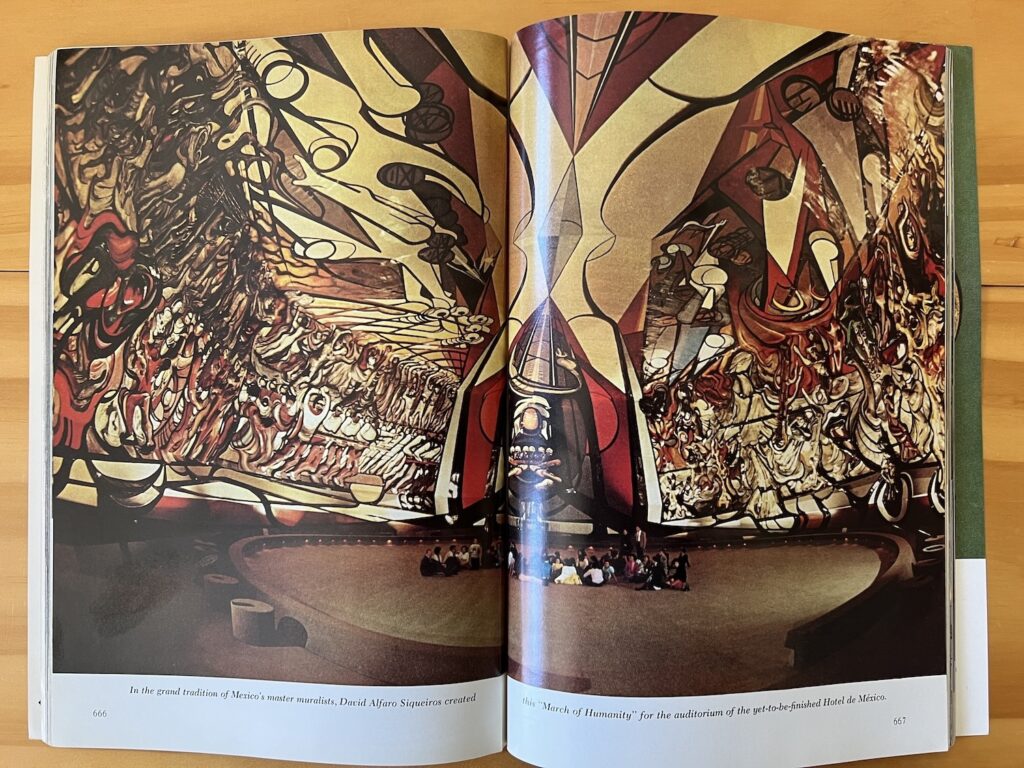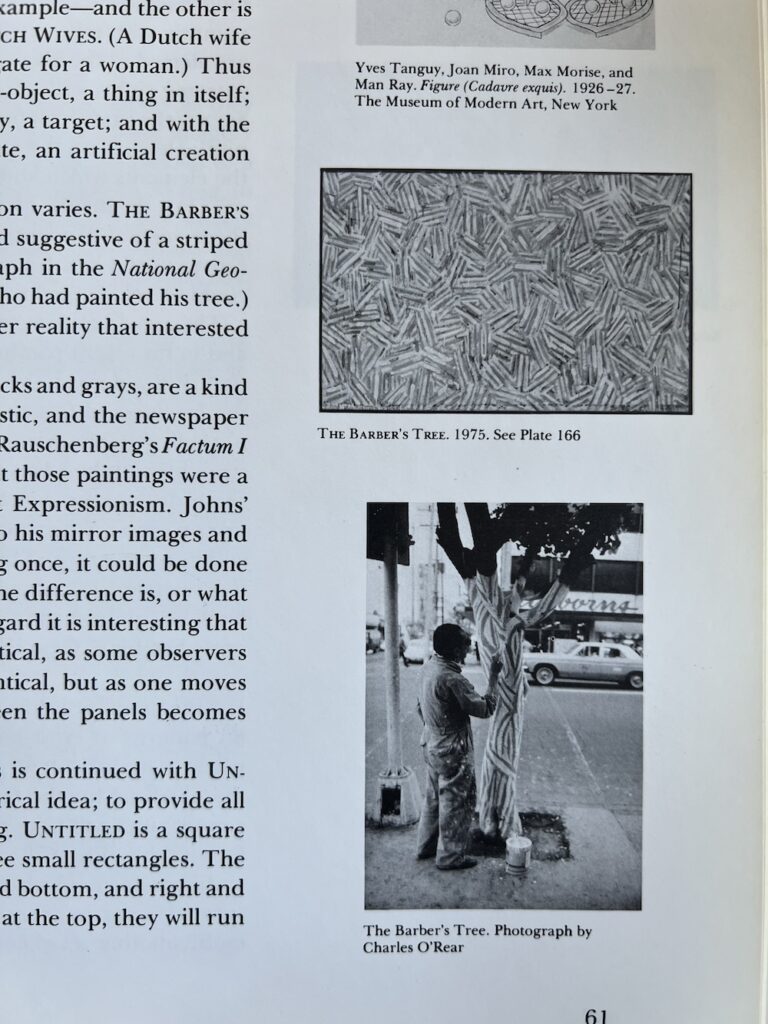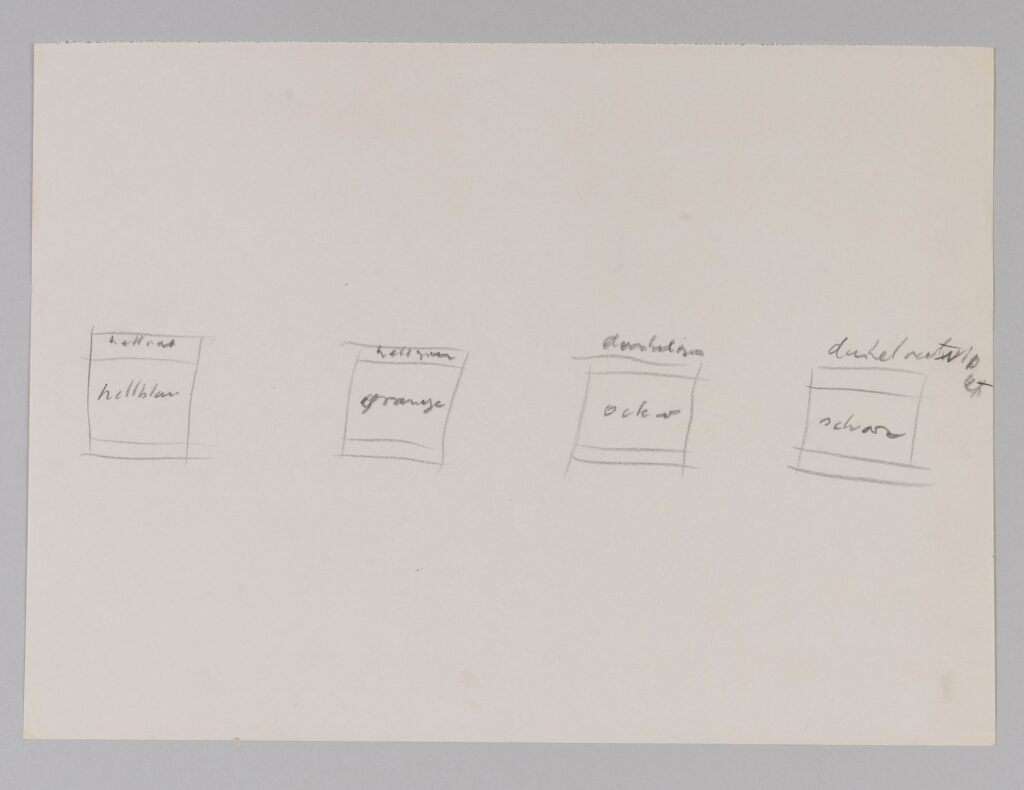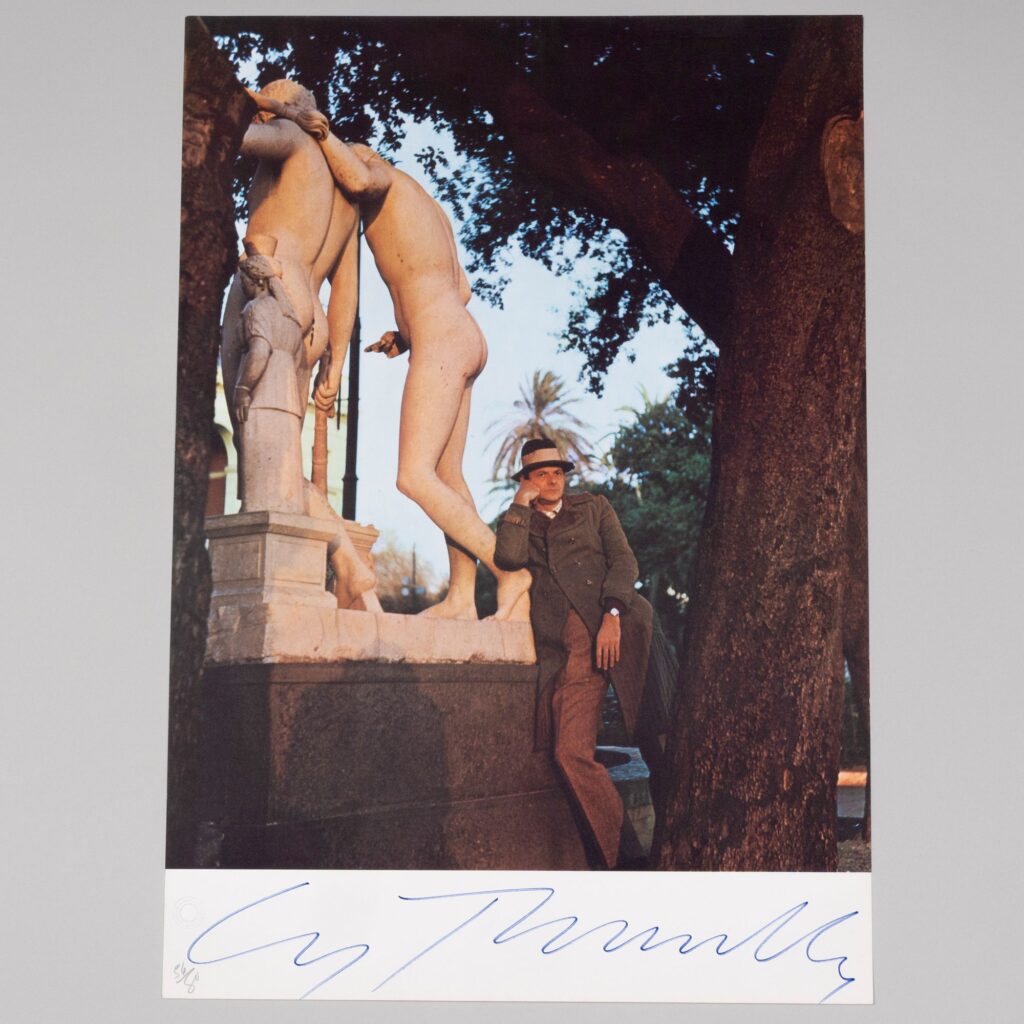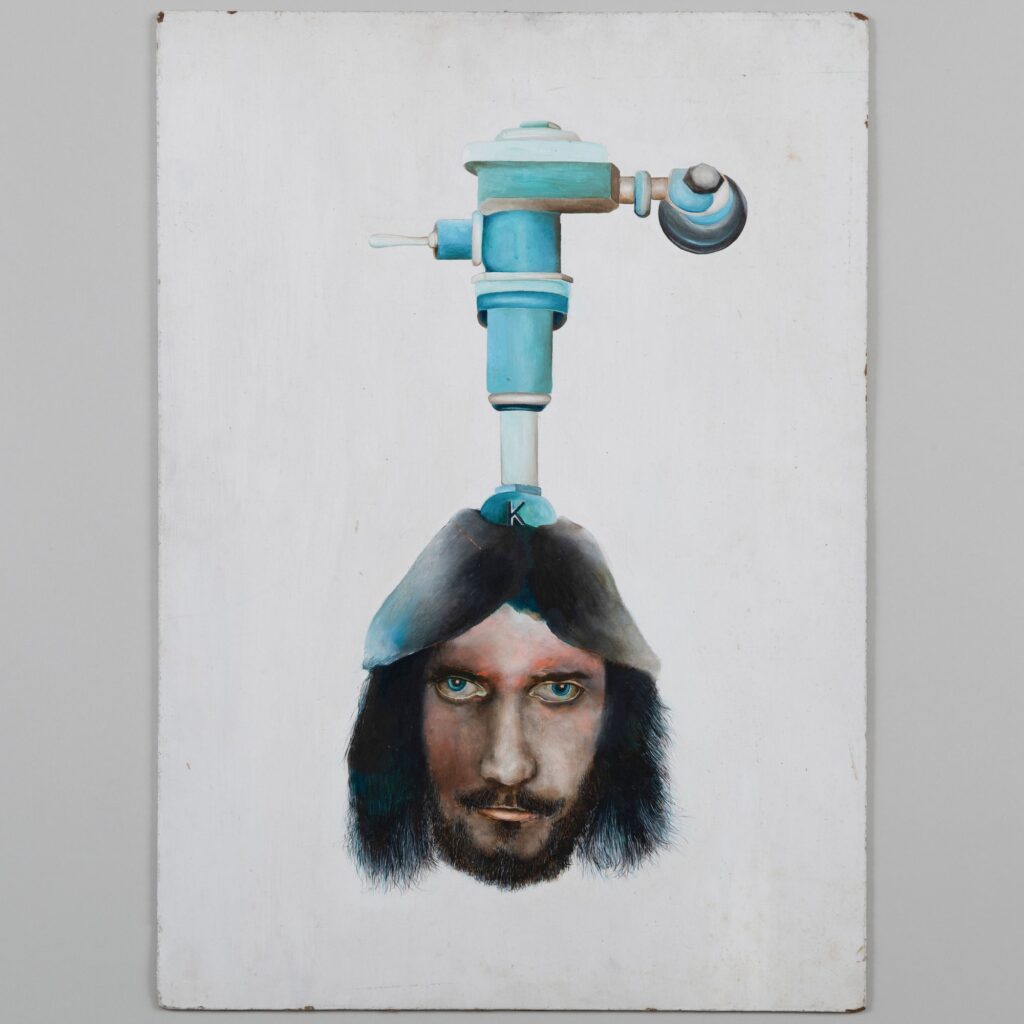Reading Travis Diehl’s e-flux journal review of Arthur Jafa’s show at 52 Walker led me to Diehl’s road trip report in x-traonline of going to Cady Noland’s 2019 retrospective at MMK Frankfurt with Rasmund Røhling.
Which led to the recordings of the Cady Noland symposium convened at MMK on 27 April 2019.
Diehl also noted to Røhling that the Charlotte Posenenske sculpture and the Claes Oldenburg bacon soft sculpture included in the Noland show were very World Trade Center Twin Towers-coded. Also not to be a conspiracist or anything, but a Noland sculpture was also included in Peter Eleey’s September 11 show at MoMA PS1 in 2011.
Which led me to go searching for which Noland it was, and it of course, was the stanchion work, The American Trip (1988), which is more ambiguously political than MoMA’s other significant Noland, Tanya as Bandit (1989).
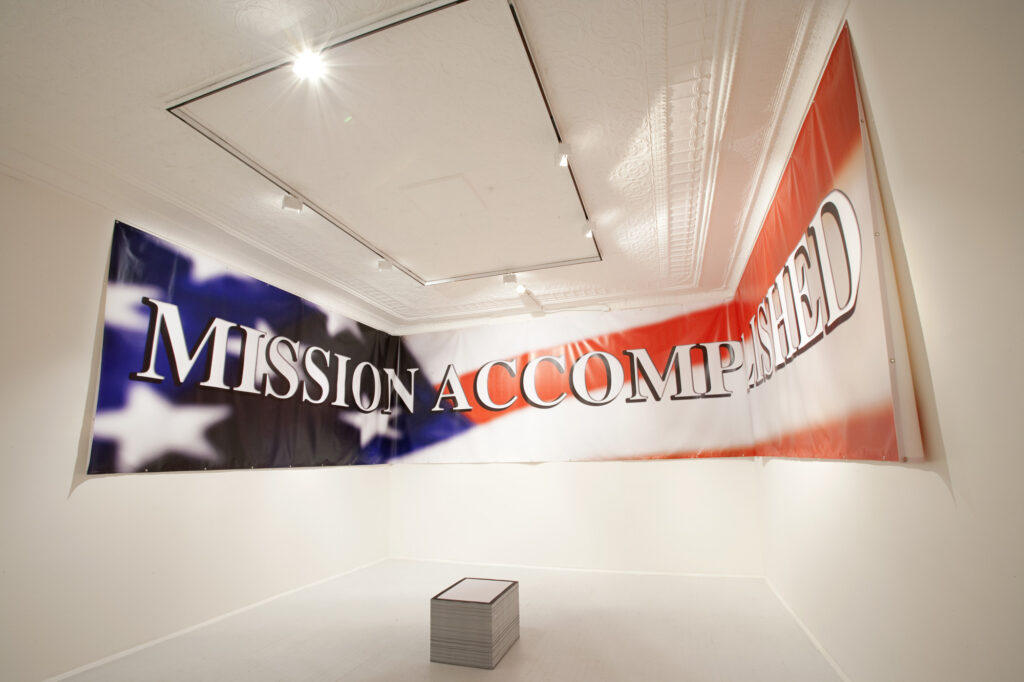
But none of that matters right now, because in looking through the installation shots, I was immediately sucked back in time by Felix Gonzalez-Torres’ black-bordered stack of mourning surrounded by Jeremy Deller’s “Mission Accomplished” banner.
And that banner. 90 x 600 inches, it was obviously a full-scale recreation of Bush White House image maker Scott Sforza’s hubristic aircraft carrier banner from 2003.
But I never made the connection to its title or date: Unrealized Project for the Exterior of the Carnegie Museum, 2004-2011. So Deller wanted to hang this banner on the outside of the museum as part of Laura Hoptman’s Carnegie International, which opened in October 2004, just before the presidential election. How far along did this proposal get, I wonder? [Deller ended up showing war re-enactors on tiny televisions inserted into the Carnegie’s dollhouse dioramas, the diametric opposite, attention-wise, from a 50-foot banner.]

